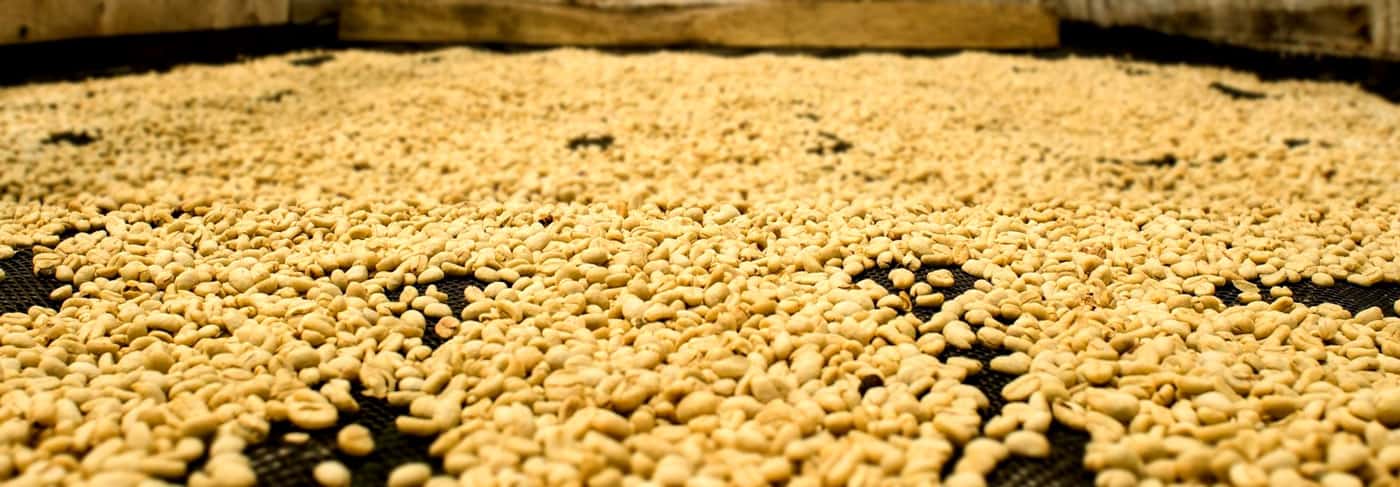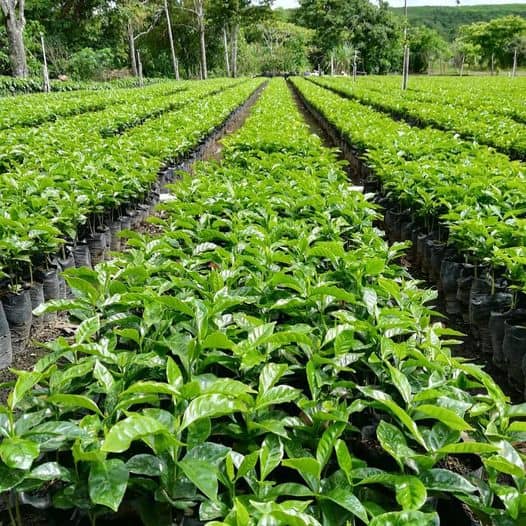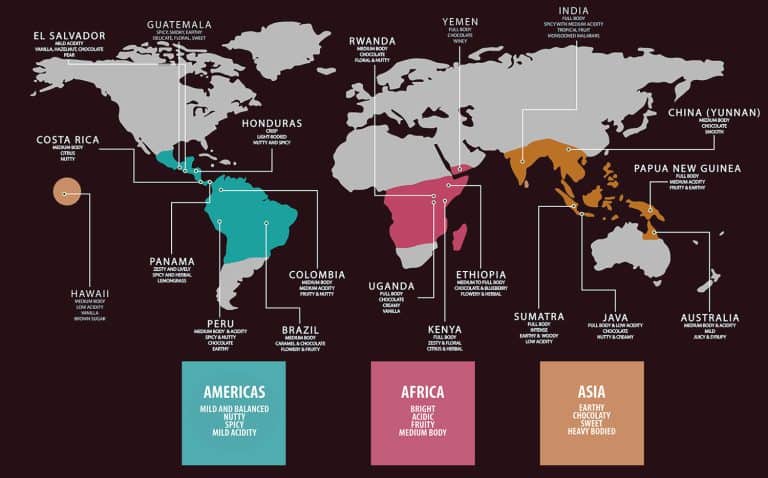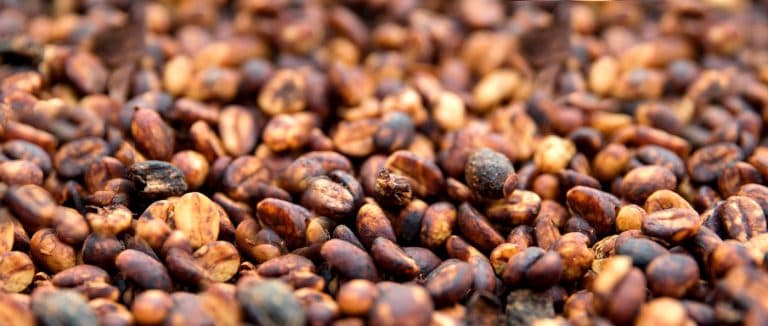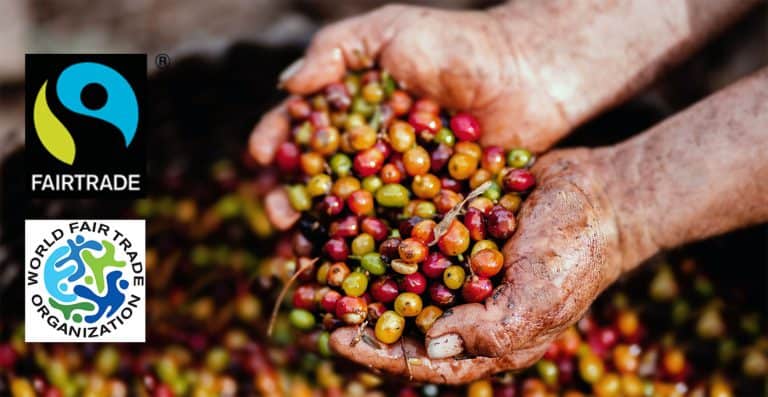What is Washed Coffee Processing Method? The Wet Process Explained
Maybe you’ve been making coffee with different brewing methods for years, familiarizing yourself with the variables that can make or your morning cup of coffee.
But one aspect that often goes unnoticed is the processing method, meaning how the coffee cherry turns into your coffee bean. One such method is the washed (aka wet) processing method, which you may never have heard of at all.
If you’re curious about how coffee goes from farm to cup through the washed process and how it affects your daily caffeine fix, then this article is here to quench your curiosity.
I’ll discuss how the wet process works, compare it with other methods, and explore its environmental impact below.
It’s all very interesting, so read on.
What is the Washed (aka Wet) Processing Method?
The washed coffee processing method involves removing the outer skin and pulp of coffee cherries followed by fermentation to remove any remaining mucilage before drying the beans. This process results in cleaner-tasting, brighter-flavored coffees with higher acidity compared to other methods.
It’s considered to be superior in flavor to other methods, emphasizing the nuances in each bean and yielding consistent results. However, it compromises sustainability due to its excess usage of water and contribution to water pollution. It also tends to be more expensive than coffee processed through other means.
Steps of the Washed Processing Method
To fully understand washed coffee processing, let’s take a closer look at each step involved:
1. Sorting
The first step in washed coffee processing is sorting the harvested coffee cherries to filter out the unripe ones. Typically, the cherry batch is placed into water, where the ripe ones sink to the bottom while any defective or unripe cherries float to the top. With this in place, you’re sure to get only consistently high-quality beans.
2. Pulping
After sorting, it’s time for pulping. Within 8-12 hours of the harvest, the outer skin or pulp is removed from the cherry to access the coffee beans inside. A machine known as a de-pulper efficiently removes this layer and separates it from the seeds. During this critical stage, some remnants of fruit mucilage may still cling to the beans. This takes us to the next step.
3. Fermentation
Next comes fermentation, which breaks down the remaining mucilage layers on the bean parchment by bacteria that are naturally present within a fermentation tank. The freshly de-pulped beans are exposed to a controlled environment in large tanks filled with water where they’ll ferment for about 18 to 24 hours.
In some places, like Kenya, fermentation takes place two times. The coffee is washed and fermented a second time for a shorter period.
4. Washing
After fermentation, the coffee is effectively washed free of the leftover mucilage in a tank of water. This step is repeated several times as needed to wash the coffee beans clean of the mucilage, which is why this method is so water intensive. It takes up to 6 hours of washing to finish this stage of the process.
The water drained will contaminate groundwater if it is not treated properly, which is the main cause of water pollution in areas that use the washed coffee method.
5. Drying
Finally, the washed coffee beans are dried for 1-2 weeks to reduce the moisture content to 11% before they can be packaged and shipped. Traditionally, smaller farms dry their beans on raised beds where airflow and temperature is optimal. The beans are raked with a wooden rake to avoid spoilage. Large-scale coffee producers use mechanical dryers as well.
The washed method is complicated with its strict processes, but for good reason. Keeping each aspect in check allows us to enjoy the final product that really enhances our coffee-drinking experience.
Comparing to Natural Process & Honey Process
While washed coffee processing is highly popular and well-regarded, it’s important to understand how it compares to other coffee processing methods.
Below is an overview of the three popular processing methods compared followed by more in-depth comparisons:
| Process | Pros | Cons |
|---|---|---|
| Washed or Wet | – Considered superior in flavor – Brighter and cleaner cups that emphasize the beans’ flavors | – Generally more expensive than the other methods – Excessive usage of water makes it unsustainable |
| Natural or Dry | – Most eco-friendly option – Affordable – Fruity notes in the coffee with little acidity | – Prone to defects in the beans |
| Honey or Pulped Natural | – Have less risk of bean defects – More eco-friendly than washed coffee | – Often more expensive than the dry process |
Washed (Wet) Process vs. Natural (Dry) Process
The natural process involves drying the cherries under the sun until their moisture goes down to 11%. This results in the mucilage’s sugars and compounds seeping into the beans, giving you intense and complex fruity flavors.
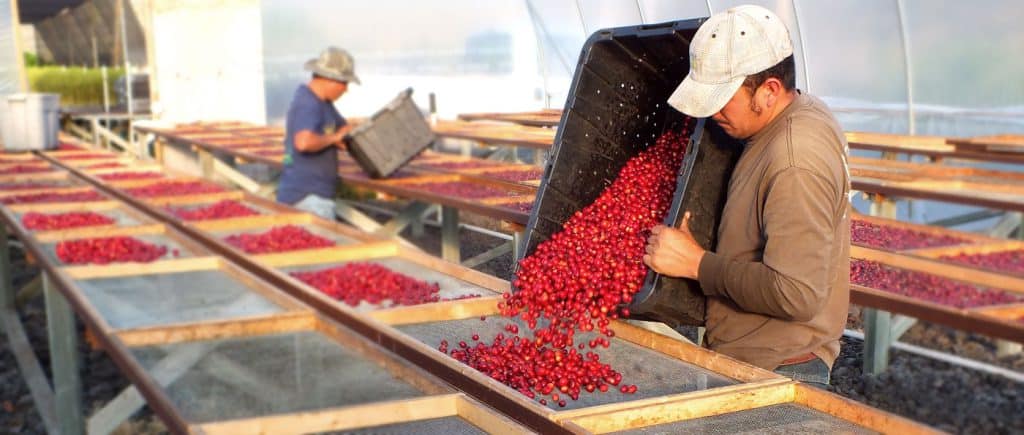
However, the dry process tends to produce inconsistency between batches and the beans are more prone to defects.
Meanwhile, washed coffees tend to have more consistent and cleaner flavors that showcase the true characteristics of the bean itself. Because all layers of fruit are removed early in the process, you can experience nuanced flavors specific to the origin and variety of the beans alone.
When it comes to purity in flavor, washed coffee remains superior. However, the disadvantages of such high-quality coffee are the hefty price tag and its carbon footprint caused by excessive use of water.
Washed Process vs. Honey (Pulped Natural) Process
Another method often compared with washed processing is honey processing. Here, the beans are only partially fermented. Some parts of the outer layer are removed before drying them similar to the natural process.
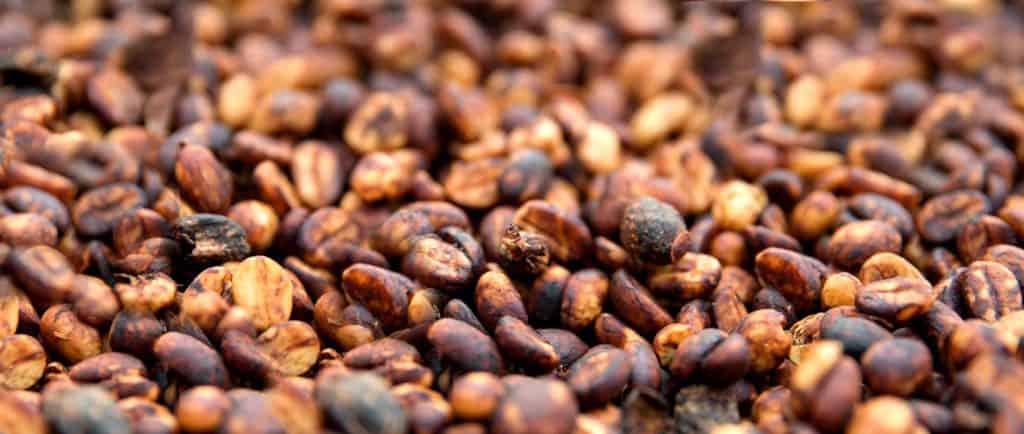
I consider both washed and honey processes great options for brewing, but they do differ in texture and flavor quality.
Washed coffee boasts a lighter body that highlights delicate nuances like acidity or citrusy brightness, whereas honey processed coffees possess a heavier body along with some sweetness and fruity notes from the remaining mucilage.
The amount of mucilage classifies the different shades of the “honey” beans either White, Yellow, Red, or Black.
The honey process also consumes much less water during coffee production, making it more environmentally friendly than its washed counterpart.
You can read more about honey processing in this article.
Washed Coffee Processing & The Environment
Many coffee drinkers consider washed processing method’s effects on the environment as a dealbreaker. This process is known for the excessive usage of water and its contribution to water pollution.
However, along with the rise of specialty coffee came the search for solutions to make this process more sustainable:
- Cenicafé developed demucilagers that significantly reduce the amount of water needed for this process.
- The wastewater is combined with the pulp and reused for composting.
- The byproducts of this process such as the coffee cherry layers, defective beans, and wood from stumped trees are repurposed for coffee flour or coffee cups.
If you’re looking for more eco-conscious tips for your brewing, you can also consider recycling your used coffee grounds after use and opting for shade-grown coffee instead of sun-grown ones.
Conclusion
If you’re looking to elevate your coffee-drinking experience, then going for washed coffee beans can give you your desired results. Removing all the coffee cherry’s mucilage ensures that you enjoy the pure flavors that your coffee beans have to offer.
So why not give it a try yourself?

